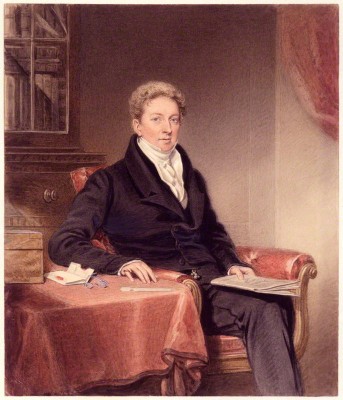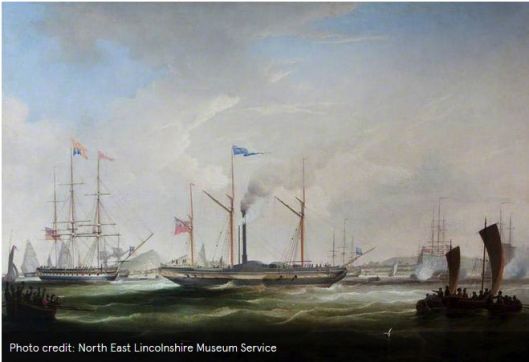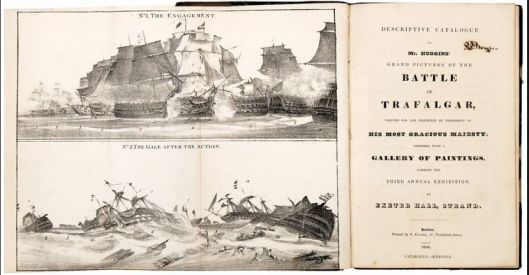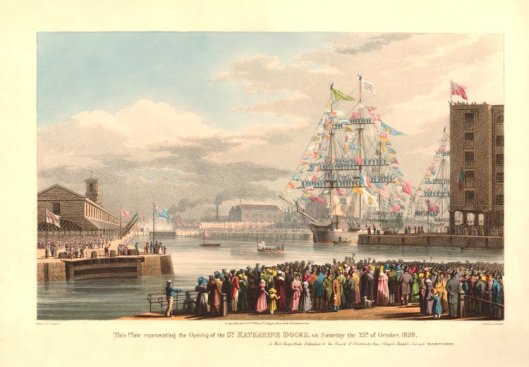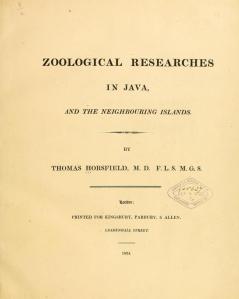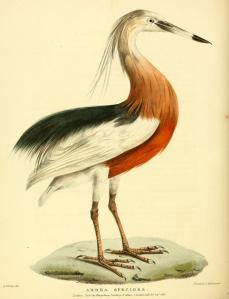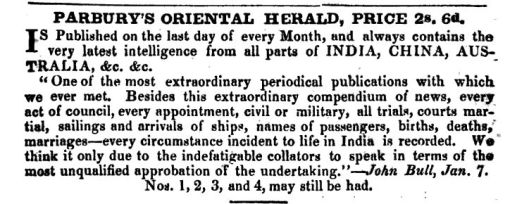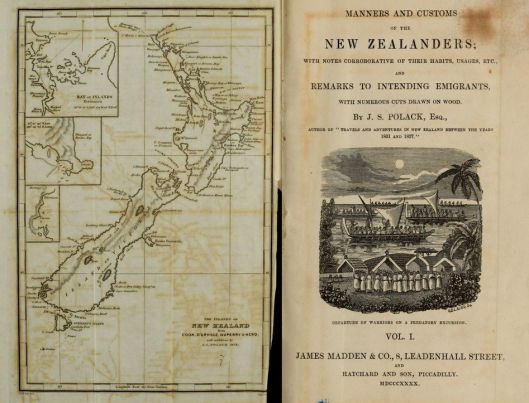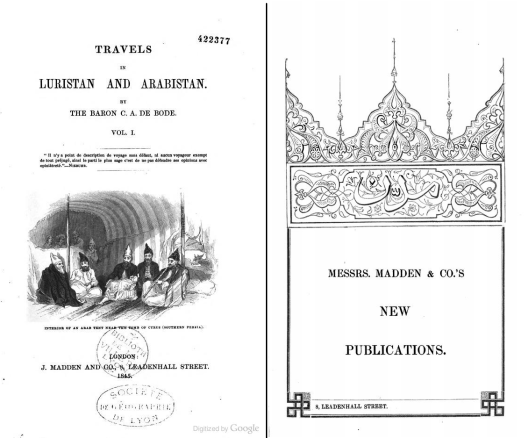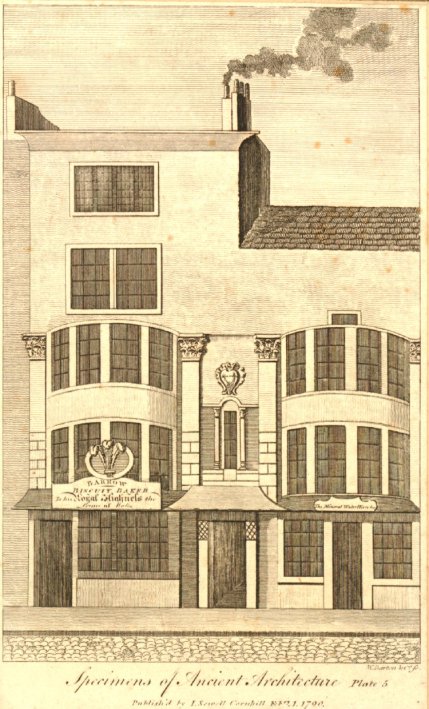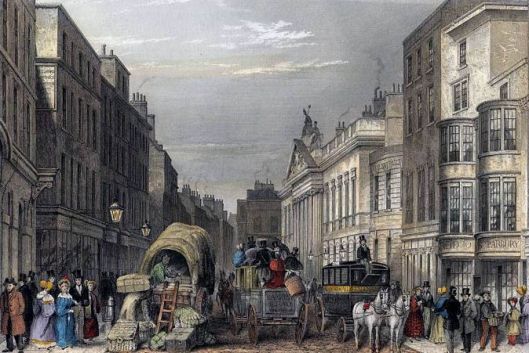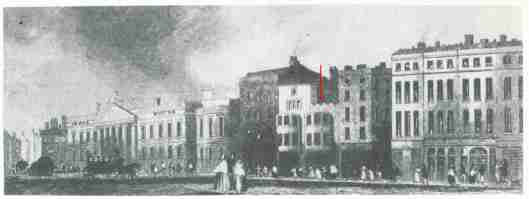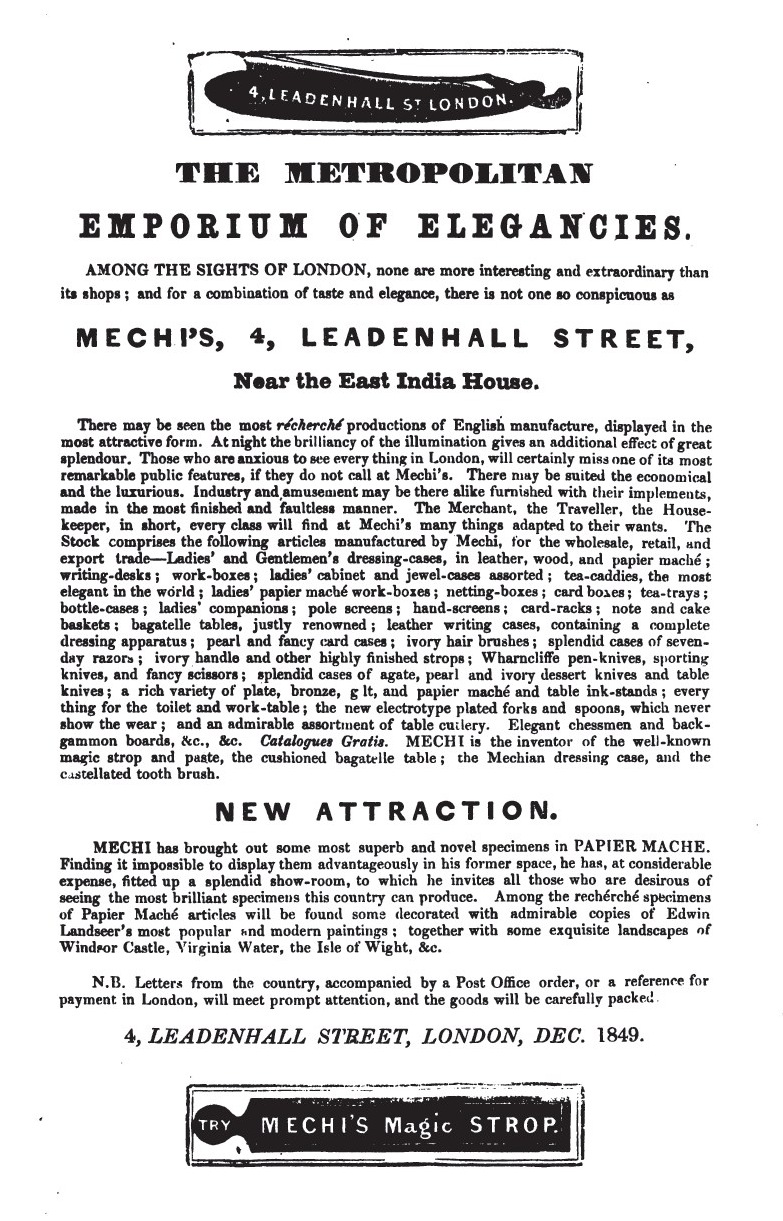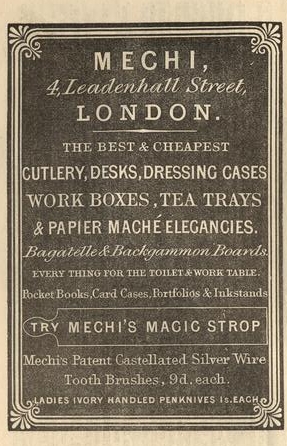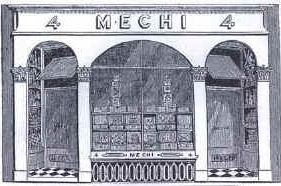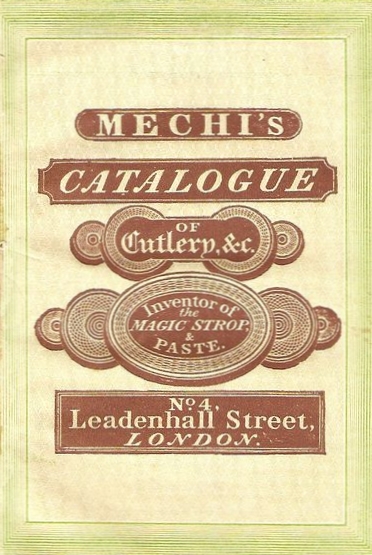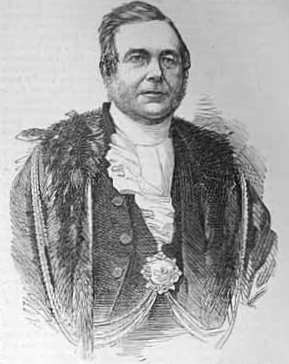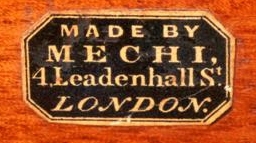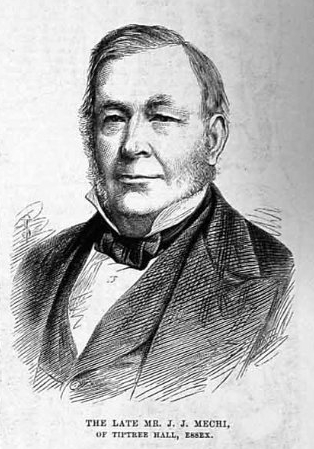Tags
Street View: 2
Address: 28 Leadenhall Street
Auctioneers (unlike shopkeepers) have no right to turn bidders out of the auction-room so long as they are peaceable at the auction. They must take the biddings of all persons attending the sale, which the public have a right to attend from the very nature of the transaction and the business.
This piece of text on the admittance of the public to auctions appears at the top of a report in The Legal Guide of 1842, detailing the proceedings at the Queen’s Bench on 2 February of that year. One Isaac Somers had complained that he had, for no reason, or so he alleged, been turned out of the auction house of Cornelius Wheeler and James Fray Lewellin Dupin in Leadenhall Street. Wheeler responded by saying that in a previous auction, Mr. Somers had misbehaved and had been turned out with the caveat never to come back again and if he did, his biddings would not be accepted. However, at this subsequent auction of 12 October, Somers appeared again and put in a bid. Wheeler refused to accept the bid and allocated the lot to someone else. Somers complained and Wheeler had him removed and given into custody for the duration of the auction. The court decided that Wheeler was in the wrong and could not bar Somers from all his auctions as long as Somers behaved properly. According to the judge, Wheeler was to accept the biddings of any bidder in the room without distinction. The jury concurred and damages of 1s were awarded to Somers.
The auction of 12 October, 1841, where Mr. Somers was evicted, was most likely the one where property coming from 80 Houndsditch was auctioned, and may have been the sale of the shop content of David Harwood’s business, who is mentioned as curiosity and picture dealer at that address in Pigot’s 1839 Directory.
Cornelius Wheeler acquired the freedom of the City of London in 1831 by redemption, but he may already have been working as an auctioneer before that. In 1825, one Joseph Jones, bookseller and auctioneer, insured 27 and 28 Leadenhall Street and Wheeler seems to have taken over from him. Wheeler’s partner, James Fray Lewellin Dupin, was indentured to his father in 1824 and would normally be eligible to acquire his City freedom seven years later, but he only did so in April 1841. He was, however, already working as an auctioneer in 1839 (Pigot’s Directory) and in the court case mentioned above, Wheeler mentioned him as his partner. The partnership did not last very long as it was dissolved in 1842.(1) Dupin died a few years later at 4 Brompton Place.(2) Wheeler continued the business on his own, advertising his upcoming auctions regularly. But his income did not entirely depend on his auction business.
In 1843, for instance, his address was mentioned as the outlet for British Fluid Axis Composition, apparently a greasy concoction to waterproof leather and to prevent friction, “applicable to every description of carriage”. In 1846, he is suddenly mentioned as the manager of The Consolidates Investment and Assurance Company of the Life Assurance and Building Society Combined, and in 1848, he is listed as the surveyor for The Provident Clerks’ and General Building and Investment Society. But these were just sidelines. He continued to auction all kinds of goods from 28 Leadenhall Street: furniture, household goods, carpets, wines, and even whole houses. From 1846, the advertisements also mention the address of 15 Chepstow Place, Camberwell, but the main business premises remained at Leadenhall Street. Cornelius Wheeler died in December 1848 and the auctioneering business was taken over by Edward and Frederik William Thomas.

Part of a sketch by T.H. Shepherd, showing nrs 27 and 28 (Source Collage)
As we saw above, Joseph Jones had insured both 27 and 28 Leadenhall Street and the elevation at the top of this post shows both houses. They were very narrow and the doors were situated next to each other on the left-hand side. At the time of Tallis’s Street View, number 27 was occupied by a T.A. Watson who sold pens and quills, so it was certainly no longer considered as one property. At some stage (probably shortly after 1859 when Shepherd sketched the houses) numbers 27 to 33 were demolished and one large office building was erected. The 1861 census only lists number 27 with the annotation “formerly nrs 27, 28, 29, 30, 31, 32 and 33” without any names, indicating that no one slept on the premises. The 1871 census shows the same situation; no one lived there, which of course does not mean that no business was taken place there. The 1887 insurance map shows lots of office space, right back to Billiter Avenue. This 19th-century building has, in turn, since been replaced by an even bigger, glass-fronted office building and nothing now remains of the narrow building that once housed the auction business of Wheeler and Dupin.
(1) The London Gazette, 19 April 1842.
(2) His estate was left unadministered by his widow and only registered after her death in 1877 by their son.
Neighbours:
| <– 29 Leadenhall Street | 27 Leadenhall Street –> |










